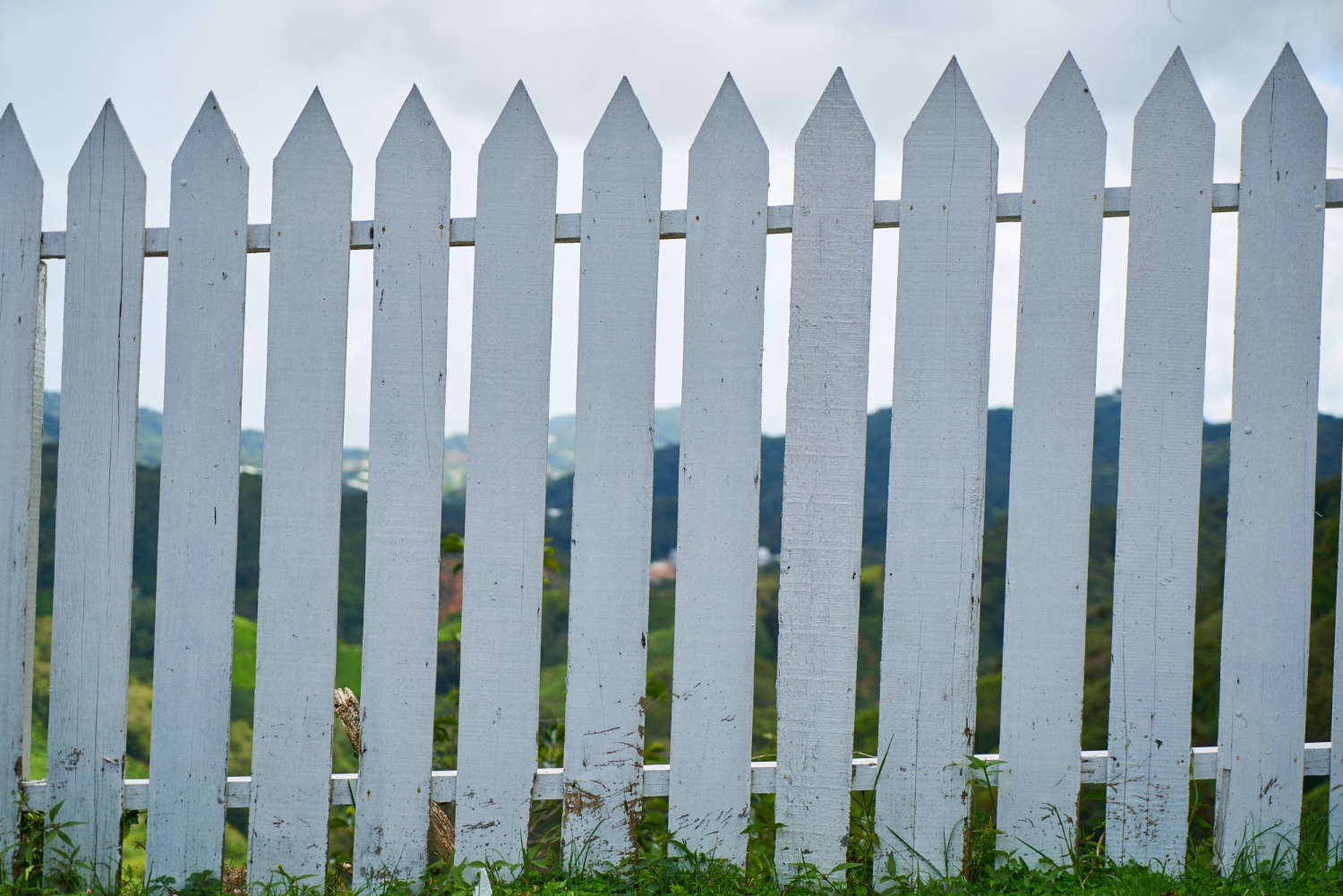Find a Local Fencing Near You
Find fast and trusted Fencing serving Australia. Get Services within minutes in your area, compare quotes, check reviews, and hire experts for your job. Top-rated local professionals are ready to assist you anytime.

Find fast and trusted Fencing serving Australia. Get Services within minutes in your area, compare quotes, check reviews, and hire experts for your job. Top-rated local professionals are ready to assist you anytime.


A fence builder plays a vital role in case you are looking to construct new fencing or dismantle and replace it with your former fence. You must consider all the information regarding fencing size, height, material, cost per m2 and local regulations before beginning your fencing project. Some famous materials used for fencing are metal, timber, wires, and planks. The most common fencing rule is about a height that is above 1.8 m height, you can not have residential fencing.
But you do not have to worry about finding fencing experts in your area who know all the details and if required get permission from your local council- so you can trust fencing contractors to manage all your fencing work. You just need to post your work details on ServiceTasker™️. We connect you with the best fencing experts in your area and you can compare received quotes and check their profiles on this platform to review and finalise whom you want to hire for your fencing.

It's a good idea to plan your fencing based on your garden and backyard landscape. To do this, you'll need help from landscapers and gardeners to make sure you make the right choices.

Pool fencing, dividing fences, and other fences are subject to Australian fencing standards and regulations. This addresses things like the maximum height of the fence, its maximum separation from the road, and the person responsible for keeping shared dividing fences maintained. In many cases, neighbours are expected to share the cost of a "sufficient" dividing fence. Check with your local council or your fence contractor to make sure your new fence conforms with these rules.
Some general guidelines that are often considered for fencing in Australia:
A new fencing price will vary depending on several factors:
The least expensive fencing material is a timber paling fence, while glass fencing is the most expensive. Generally speaking, and in progressive order, anticipate paying between the given range for different fencing options:
On the ServiceTasker™️ marketplace, you can find experts for a wide range of fencing services, including fence installation, repair, maintenance, and custom design solutions. You can find experts for wooden, metal, chain-link, vinyl, and various other fence types.
Simply post your job on our platform using the "Get FREE Quotes" option to start your process of finding a trusted fencing professional near you. Soon after the job posting, you can expect quotes from verified businesses operating near you. You can browse through the profiles of these local fencing experts, and check reviews and ratings to make an informed choice.
When choosing a fencing professional, consider factors like their experience, portfolio of previous work, customer reviews, pricing, and any required licenses or permits. You can communicate directly with them through our platform to discuss your project's specific details.
Various businesses in fencing services offer a range of services at competitive prices. You can compare quotes from different experts and select the one that fits your budget. Additionally, you can check the fencing cost guide to understand different aspects of fencing service pricing. Surely, these can help you find affordable fencing services.